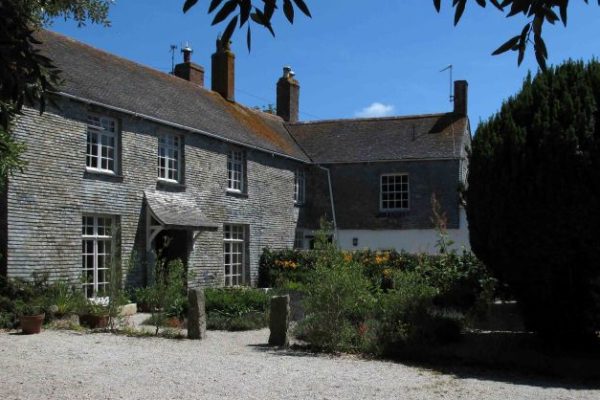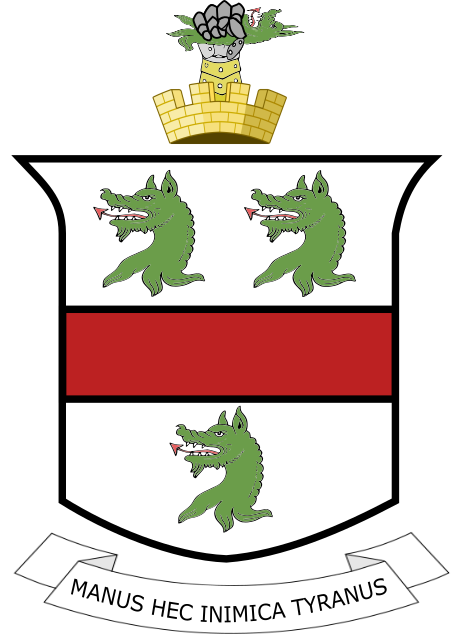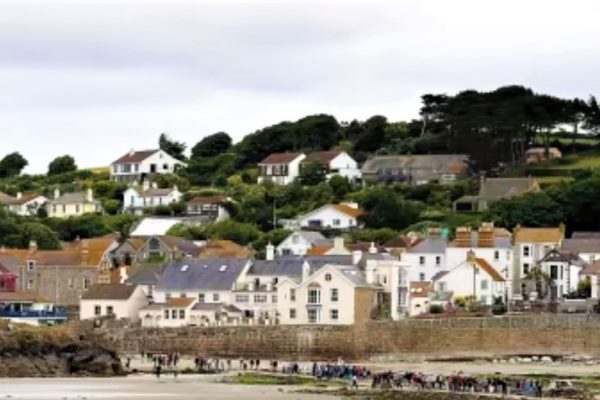
Penpol House and Estate
Penpol or Penpoll in the Parish of Phillack was one of the most important estates within the area of the present town. Records of the estate go back in 1584 when it belonged to the Godolphin family and was on lease to the family of James Nicholls Esq. In 1639 a quarter part of the estate was sold by Francis Godolphin to Anthony Moneychurch of St. Erth. Nearly a hundred years later, in 1732, Penpol was in the hands of the Rt. Hon. Henry Robartes, Earl of Radnor, who granted a 99 year least to the local merchant, John Curnow. On Curnow’s death in 1760 his daughter Jane, and her husband Richard Oke Millett, a partner in the Cornish Copper Company, continued to live at the house. The lease was renewed, and in 1788 the Millett family purchased the estate, then consisting of 27 fields, a quay together with adjoining wastrel on the south side of the Hayle River, and 2/3rds of a second quay. Penpol was inherited by Richard Millett’s son John Curnow Millett and subsequently in 1848, passed to the youngest son of John’s second marriage, Hannibal Curnow Millett. He never resided at Penpol and on his death the estate was inherited by his half-brother Dr. Richard Oke Millett. This gentleman gained notoriety when he was accused by his brother-in-law, Dr. Edmonds, of poisoning his half brother, Jacob Millett, by mixing aconite with horseradish sauce served with beef for dinner. At the subsequent inquest and trial, Richard Millett was found not guilty and acquitted with minimal damages. He never lived at Penpol again and on his death in 1898 the property passed to his sister’s children. In 1890 Christopher Ellis took out a 21-year lease on the house, with ten acres of land and two fields. The estate was bought from the Millett family by Dr. Mudge in 1898 who eventually sold the freehold to Colonel John Ellis in 1921.

